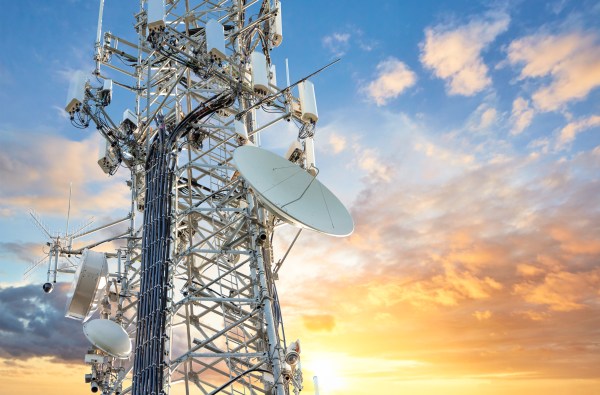Networking makes it possible to reach (potential) users and customers (almost) anywhere in the world. At the same time, however, your proximity to your (potential) users and customers often has a strong influence on the overall quality of their experience. With that in mind, here is a quick guide to the importance of proximity in data center operations.
Why it’s a benefit for data centers to be close to their users
The headline benefit of data centers being close to their users is that it minimizes the time data needs to travel between the data center and the users (and vice versa). This main benefit delivers several further benefits. Here are just five of the main ones.
More efficient service delivery
Proximity to users reduces latency, leading to faster data transmission and lower response times. This is particularly beneficial for real-time applications like online gaming, video conferencing, and live streaming, where milliseconds can significantly impact performance.
Additionally, closer data centers decrease the likelihood of network congestion and data packet loss, ensuring more reliable and consistent service delivery. This efficiency helps maintain high performance and quick access, which are critical for user satisfaction and operational effectiveness.
Lower costs
Locating data centers near users reduces the need for long-haul data transmission, significantly cutting down on bandwidth expenses. This proximity also lowers the demand for complex infrastructure designed to handle high-latency tolerance, such as additional servers and advanced load balancing systems.
Energy consumption and cooling requirements are also reduced due to more efficient data routing, resulting in lower power usage and operational costs. These savings can be substantial, especially for businesses with large-scale data operations.
Improved user experience
Data centers close to the user base minimize latency, resulting in faster page load times and more responsive applications. This is crucial for services like e-commerce, streaming, and online gaming, where speed directly affects user satisfaction.
Reduced latency means fewer interruptions, less buffering, and a smoother overall experience, leading to higher engagement and lower bounce rates. Enhanced performance encourages users to spend more time on the platform, increasing retention and loyalty.
Better SEO
Search engines prioritize websites with fast load times, as they enhance user experience. Proximity to users ensures quicker data delivery, reducing page load times and improving site speed metrics.
Faster websites are ranked higher in search engine results, leading to better visibility and increased organic traffic. Reduced latency also lowers bounce rates, as users are less likely to abandon a fast-loading site, further boosting search engine rankings and overall online presence.
More opportunities to use the IoT
The internet of things (IoT) depends on real-time data transmission and processing for optimal performance. Proximity to data centers ensures minimal latency, enabling faster and more reliable communication between IoT devices. This is essential for applications requiring immediate responses, such as smart home systems, industrial automation, and healthcare monitoring.
Lower latency enhances the reliability and functionality of IoT networks, facilitating the deployment of more complex and responsive IoT solutions, and driving innovation and efficiency across various industries.
Proximity and data security
Another significant benefit of having data centers located close to users is that it can make it easier to manage data security and compliance. Here are the three main reasons why.
Smaller window of opportunity for attack
Data centers closer to users reduce the number of hops data must take, which shortens the window of opportunity for potential cyber-attacks during transmission. Fewer network hops mean fewer points where data can be intercepted, enhancing security.
This proximity allows for quicker detection and response to security threats, minimizing the risk of data breaches.
Moreover, data traveling shorter distances face fewer intermediate networks, reducing exposure to potential vulnerabilities and making it harder for attackers to exploit weak points.
Simplified data governance
When protected data is kept in the same legal jurisdiction as its associated data subjects, businesses only have to comply with the regulations and laws in force in that jurisdiction. By contrast, when businesses move data across geographical borders, they will need to comply with the regulations and laws in force in at least two jurisdictions. Moreover, there may be ambiguity or even conflict about the application of the different sets of rules.
Reassuring for users
Proximity of data centers reassures users that their data is handled within their own region or country, enhancing their trust and confidence in the service provider. Knowing that their data is stored and processed locally assures users that it is subject to familiar legal protections and privacy standards.
This transparency reduces concerns about data misuse, unauthorized access, and compliance with local regulations. Localized data handling can also improve customer support responsiveness and clarity, as users feel more secure knowing their data is managed nearby, fostering a stronger sense of safety and reliability.







